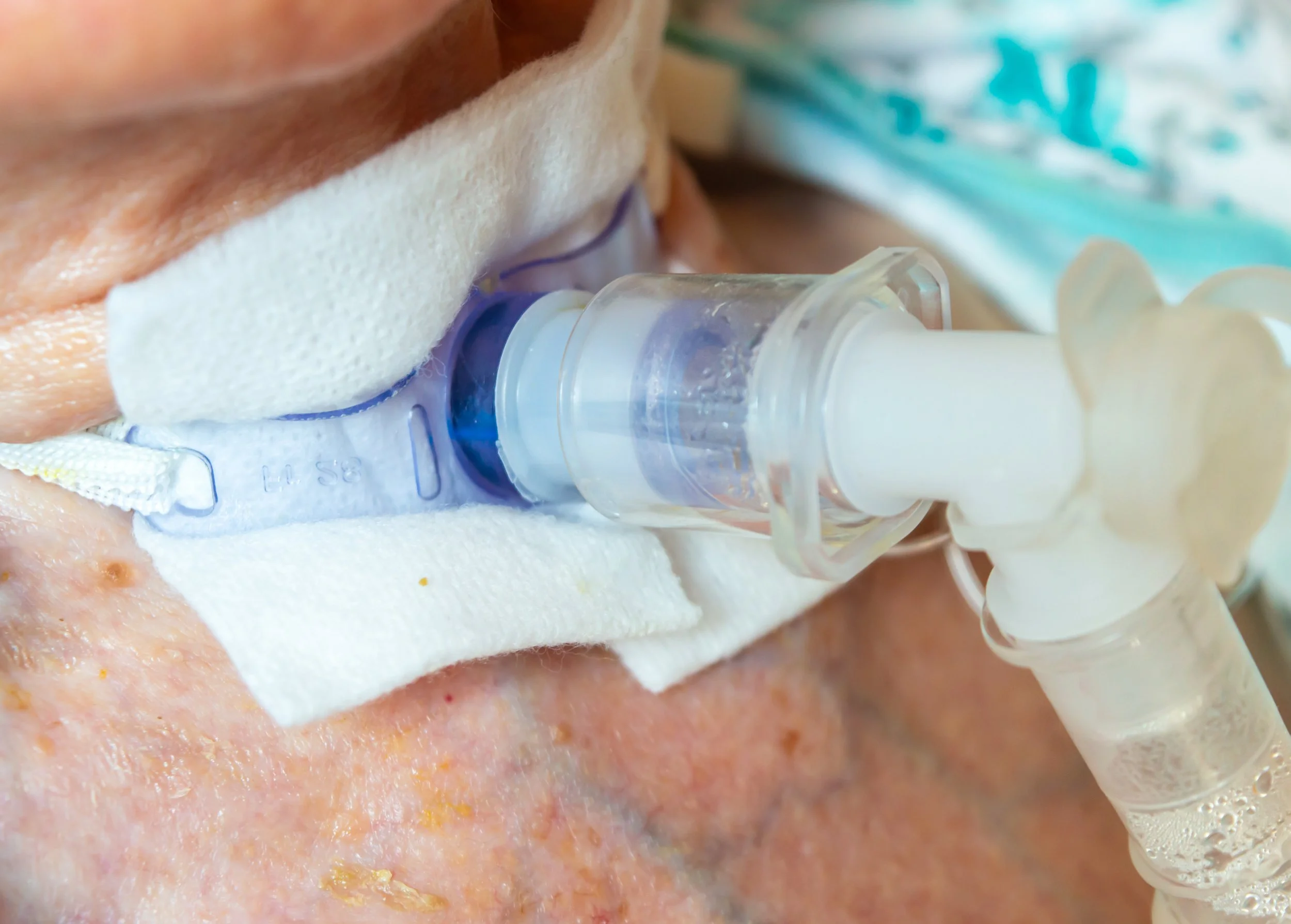Tracheotomy care post discharge from hospital.
An admission to a hospital can be daunting to say the least, especially if breathing becomes compromised. For patients that need assistance for short term breathing support, a doctor may recommend intubation, and for those with an upper airway obstruction, a tracheotomy would be the next best option.
Once a patient is deemed appropriate to leave the acute care unit after a few weeks or months, there may be circumstances when the pulmonologist will not recommend that the trach be removed because of permanent damage in the airway or an underlying condition that has not been resolved. An example would be someone with an advanced stage of head and neck cancer near the jaw or neck area. I compiled some general tips for tracheostomy care management in the home:
Check to make sure no redness or discharge is in the stoma area.
Skin around the tube should be kept clean and dry.
Follow proper hand hygiene before and after changing a trach tube; follow recommendations from the respiratory therapist.
Do not submerge yourself under water, go swimming or bathe under a shower head.
If the stoma does not heal properly, you may have to get it surgically repaired with stiches. However, please consult your PCP and or pulmonologist about the proper protocol to follow.

